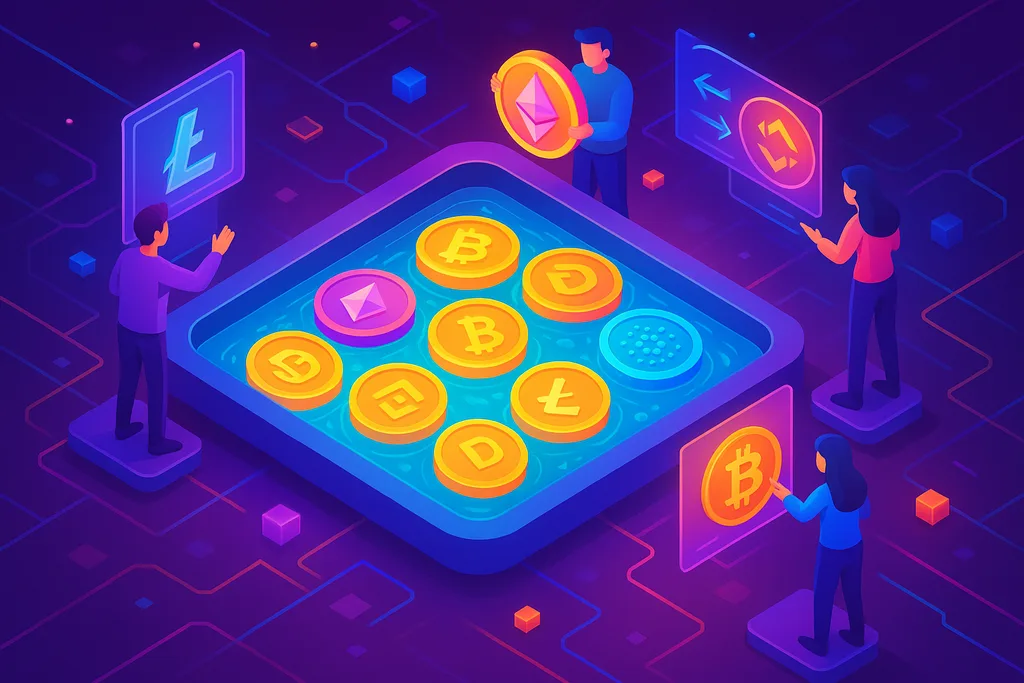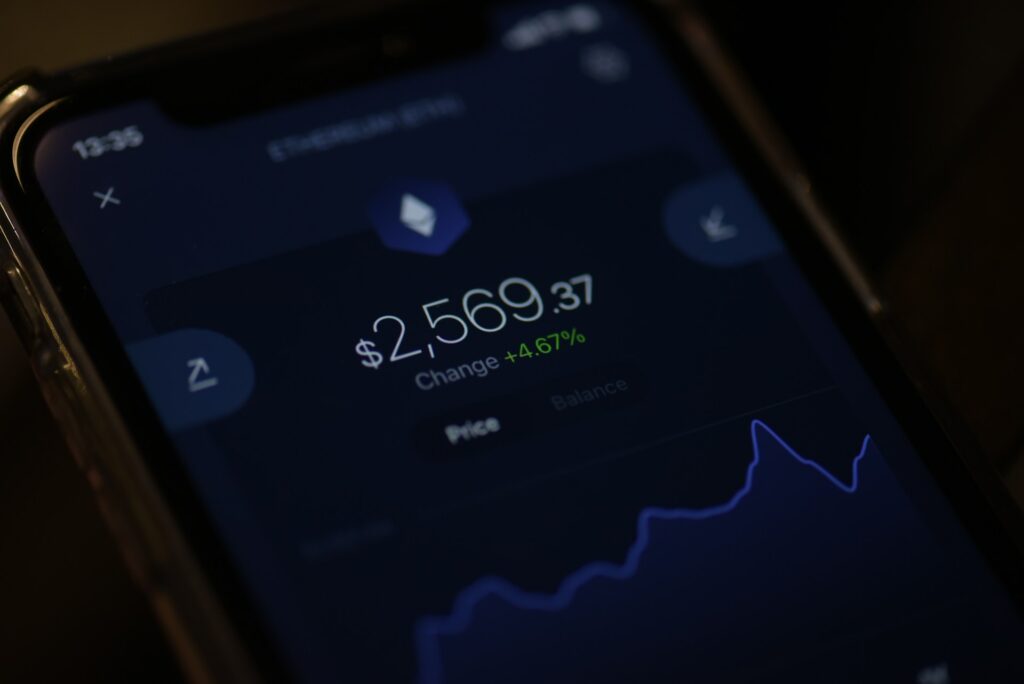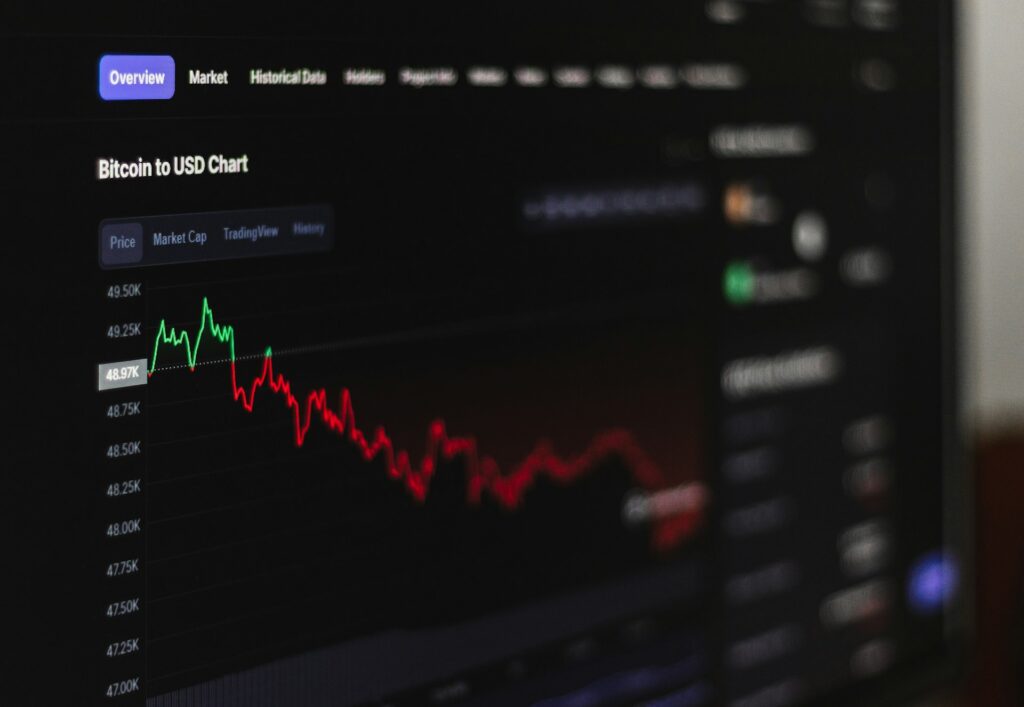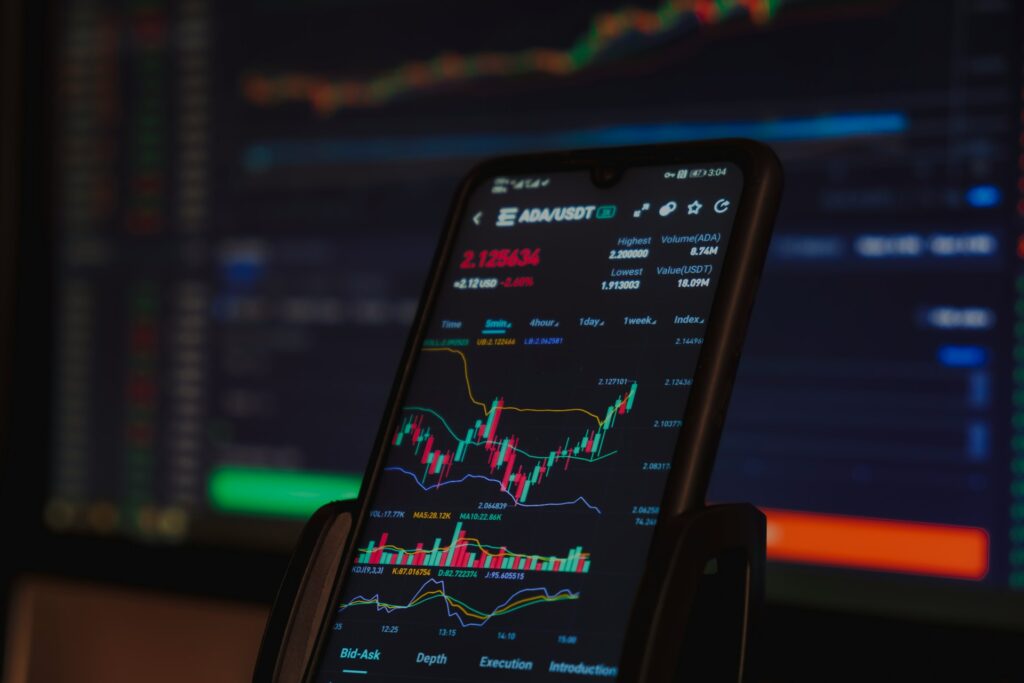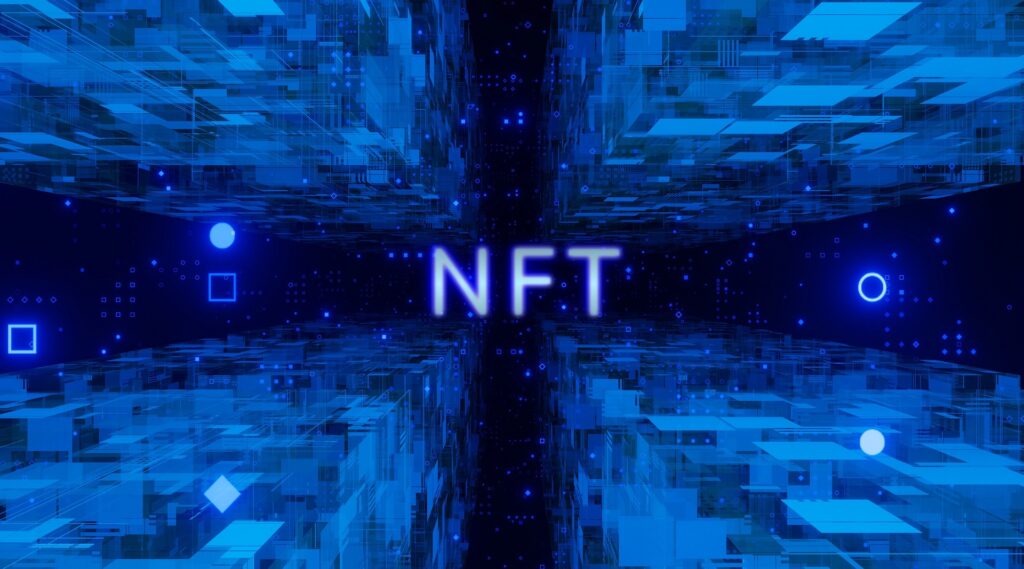When I first heard the term “Liquidity Pool,” I honestly pictured a swimming pool full of coins, with crypto traders diving in like Olympic swimmers. I was way off, but that image stuck in my mind. The reality is less splashy but far more fascinating. Liquidity pools are the backbone of many decentralized finance (DeFi) platforms, helping people trade tokens without the need for a traditional middleman.
If you’ve ever swapped one crypto token for another on a decentralized exchange like Uniswap or PancakeSwap, you’ve probably used a liquidity pool without even realizing it. And here’s the best part: you can also earn money from them.
In this post, I’ll break down exactly what liquidity pools are, how they work, the risks involved, and even share a personal story from my own crypto journey!
What is a Liquidity Pool?
A liquidity pool is basically a digital pot of funds locked in a smart contract. These funds are provided by people like you and me, called liquidity providers (LPs). Traders can then use these funds to swap tokens instantly.
Think of it like a neighborhood food pantry. Everyone contributes ingredients (tokens) to the pantry, and anyone can come in to exchange what they have for something else, as long as the pantry stays stocked.
Key points about liquidity pools:
- They are automated: No humans decide the prices. Smart contracts and algorithms do all the work.
- They require two tokens: Most pools pair two assets, like ETH and USDT, in equal value.
- They reward liquidity providers: In return for providing tokens, LPs earn a share of the transaction fees.
Here’s a quick example:
| Token Pair | Amount in Pool | Total Value |
|---|---|---|
| ETH | 100 | $300,000 |
| USDT | 300,000 | $300,000 |
When someone swaps ETH for USDT, the smart contract adjusts prices based on supply and demand!
How liquidity pools actually work?
When you add tokens to a liquidity pool, you’re not just dumping them into a vault. You’re enabling something called automated market making (AMM). This is the process that allows token swaps without traditional order books.
Step-by-step example
Let’s say there’s an ETH/USDT pool on Uniswap (prices are not reflective of the present trading levels):
- You deposit 1 ETH and $3,000 USDT into the pool.
- The smart contract issues you LP tokens representing your share.
- Every time someone swaps ETH for USDT, a small fee (often 0.3%) is collected.
- Those fees are distributed among all LPs based on their pool share.
Over time, you can withdraw your tokens plus the fees you’ve earned.
Personal example:
A few years ago, I added some Binance Coin (BNB) and USD stablecoins to a PancakeSwap pool. I left them there for about three months. When I withdrew, I had earned about $60 in fees. Not bad for doing nothing, although the token prices had changed, which brings us to a big risk…
The risks of liquidity pools
Like anything in crypto, liquidity pools have their downsides. The main one is impermanent loss.
What is impermanent loss?
It’s the difference between holding your tokens in the pool versus simply keeping them in your wallet. If one token’s price moves significantly, you might end up with less value when you withdraw.
Example:
- You add 1 ETH ($3,000) and $3,000 USDT to a pool.
- ETH’s price doubles to $6,000.
- The pool’s algorithm adjusts your balance so you now have less ETH and more USDT.
- If you had simply held your ETH, you might have had more total value.
Other risks include:
- Smart contract bugs: If the pool’s code has flaws, hackers can exploit it.
- Platform risk: If the exchange shuts down or gets hacked, you could lose funds.
- Low liquidity pools: If few people trade in the pool, your earnings might be tiny.
Why do people still use liquidity pools?
Despite the risks, liquidity pools are hugely popular in DeFi. Here’s why:
- Passive income: You earn fees without active trading.
- Supporting decentralization: You help power decentralized exchanges.
- Access to new tokens: Many pools list tokens before they’re on big exchanges.
- No need for trust: You don’t have to rely on a middleman to manage your trades.
I know people who use liquidity pools as a form of “crypto savings account,” earning steady rewards over time. Some even reinvest their earnings back into the pool for compound growth.
How to get started with liquidity pools?
If you’re curious to try, here’s a safe beginner approach:
- Pick a reputable platform
- Examples: Uniswap, PancakeSwap, Curve Finance.
- Check for audits and community trust.
- Choose a token pair you believe in
- If you think one token will skyrocket, impermanent loss could hurt.
- Stablecoin pairs (like USDT/USDC) have lower risk but smaller returns.
- Start small
- Don’t throw in your entire portfolio on day one.
- Test with an amount you’re comfortable losing.
- Track performance
- Use DeFi analytics tools like APY.Vision or Dune Analytics.
- Watch for changes in liquidity and fees.
- Withdraw strategically
- Sometimes it’s better to exit before big price swings.
- Factor in network fees when withdrawing.
Comparing Centralized and Decentralized Liquidity
| Feature | Centralized Exchanges | Liquidity Pools (DeFi) |
|---|---|---|
| Middleman required | Yes | No |
| Control over funds | Exchange controls | You control |
| Price setting | Order books | AMM algorithms |
| Earning potential | Limited | Earn fees as LP |
| Risk type | Exchange hacks | Smart contract bugs |
The future of liquidity pools
Liquidity pools are not just a clever DeFi feature. They’re a revolution in how we think about trading and earning from crypto. In the future, I see them expanding beyond just token swaps. Imagine pools for real-world assets like tokenized real estate or carbon credits. This is already starting to happen in niche projects, and it could make liquidity pools a bridge between traditional finance and the crypto world.
If you decide to dip your toes in, start small, learn the ropes, and treat it like an experiment. In my own experience, the real reward is not just in the fees earned but in the understanding you gain of how DeFi works. And who knows, that knowledge might just put you ahead in the next big crypto wave!
With over five years of experience in the tech industry, Kazim excels at simplifying complex topics, making them accessible to tech enthusiasts and general readers alike.
He has contributed to several renowned publications worldwide, including WindowsReport and Allthings.how, bringing insightful coverage of key developments in the field.
When he’s not writing, you’ll find Kazim planning weekend getaways or diving into tech verticals beyond his expertise.
